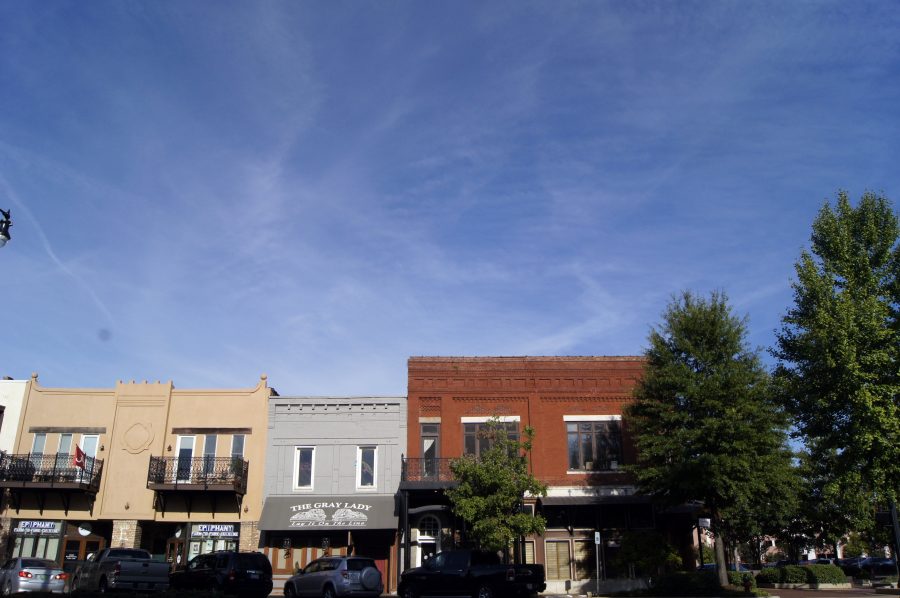“My grandfather waded across the river where the bridge is; they used to drive wagons across it before there were dams, so the river was about waist-deep, but then they built locks and dams and now a bridge is the only way to cross it,” John Price said.
Price is a Tuscaloosa native who served in the army for over 40 years, seeing everything from World War II to the Vietnam War. Price’s father helped paint the ceiling of the historic Bama Theatre downtown. He is locally famous for carving the totem pole that stands outside a nearby boys’ camp.
“Some of us have roots here that are real deep,” Price said.
In 1954, the Supreme Court ruled in Brown v. Board that all public schools must be immediately desegregated. In Alabama, support for this decision was not unanimous, launching a civil rights movement that rocked the state for over a decade.
“It was a terrible transition,” said Albert Pitts, who was a county agent for Tuscaloosa at the time. “A lot of people didn’t want it and a lot of people did, but it became a law that they had to be segregated. There was a lot of tension .”
Though many of the residents had no problems with the new laws, they all remember people protesting in the streets. Ruth Bevis was a high school counselor in Dothan, Alabama, the year the judges first ordered that schools be desegregated.
“We were all ready to open for the school year,” Bevis said. “We had a black kind of school and a white kind of school, and three days before school started, the judge ruled that we had to integrate that year. We had to take all the teachers, all the students, and completely do a new schedule, because all the classes had to be as integrated as possible; never in my life have I worked as hard or been as tired as I was the day we were to integrate. The police of course had the whole school blocked off. The Ku Klux Klan came riding down right beside the school and the police made them move along. We had no disturbances that day.”
In 1963, Alabama governor George Wallace stood in the doorway of Foster Auditorium on campus until President Kennedy ordered the National Guard to force Wallace to let African-American students attend class. Bevis was a graduate student at The University of Alabama at the time, getting her master’s degree in teaching.
“Everything was blocked off,” Bevis said. “Nobody could go down University Avenue. When we got to campus, University police were standing in the streets; we had to show them our student IDs to get on campus — of course, we thought it was hilarious. Anyway, he stood in the door, and as you know, it didn’t amount to anything.”
When Bevis attended the University in the late 50s, it was the first time there were over 5,000 students on campus.
“I was also here the first time we were issued a student number; 5607 was my number,” Bevis said. “We took a tour today, and University Boulevard is pretty much the same, but once we got onto those side streets, I was as lost as a bird dog.”
Most of the Tuscaloosa residents remember the past as a simpler time when chickens ran wild in families’ yards and mothers reused old sacks of flour for dresses and play clothes.
“We spent a lot of good times doing nothing,” Zelda Anderson said. “We didn’t need toys or money. We made up games; we played hopscotch.”
Anderson celebrated her 101st birthday last July and has been an Alabama resident all her life. Her father owned a service station and a restaurant in Northport, back when the only way to cross the river was to use the drawbridge, which was located where the Lurleen Bridge is now. On game days, they would have to close the shop because traffic over the bridge was so bad. No one could get to their restaurant.
“Some things never change, like traffic on game days, although there might be more now,” Bevis said.
No matter what is going on in the state or the country, there is one thing about Tuscaloosa that remains timeless: the love of Alabama football.









